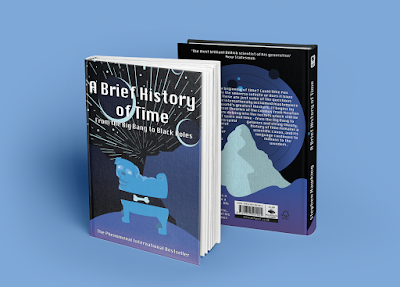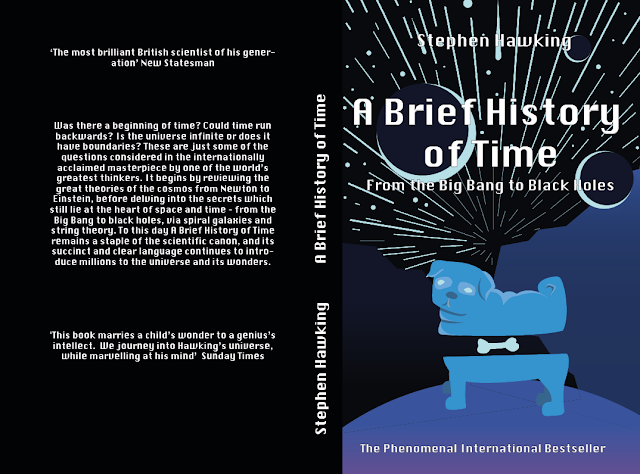OUGD503
SB01
Leeds University Union Canoe Club Logo Brief
The Brief
I was approached by Leeds University Unions Canoe and Kayak Club to create a logo that would be used across social media, the university union website and club merchandise.
The old logo:
Specifications:
The logo needed to be colourful
Had to be appropriate for both Facebook and Instagram profile pictures (Instagram uses a circular image where as Facebook uses a square.)
Include the letters LUUCC
Be appropriate for embroidery
Approval Process:
throughout the development of the logo I will have frequent meetings with Jack (club rep). Final decisions will be made democratically by the team.
Research
Information on the club:
Participate in white water Kayaking
Plays Canoe polo
All levels
Sea Kayaking
weekly socials
Compete at BUCS in white water/slalom/Canoe Polo
Train indoors twice a week and have a river trip every Sunday.
Existing Canoeing logos
to give an understanding of whats already out there
 |
| British Canoeing Logo (National Governing Body) |
 |
| Holme Pierrepoint Logo |
 |
| Sudbury Canoe Club |
Photography







































